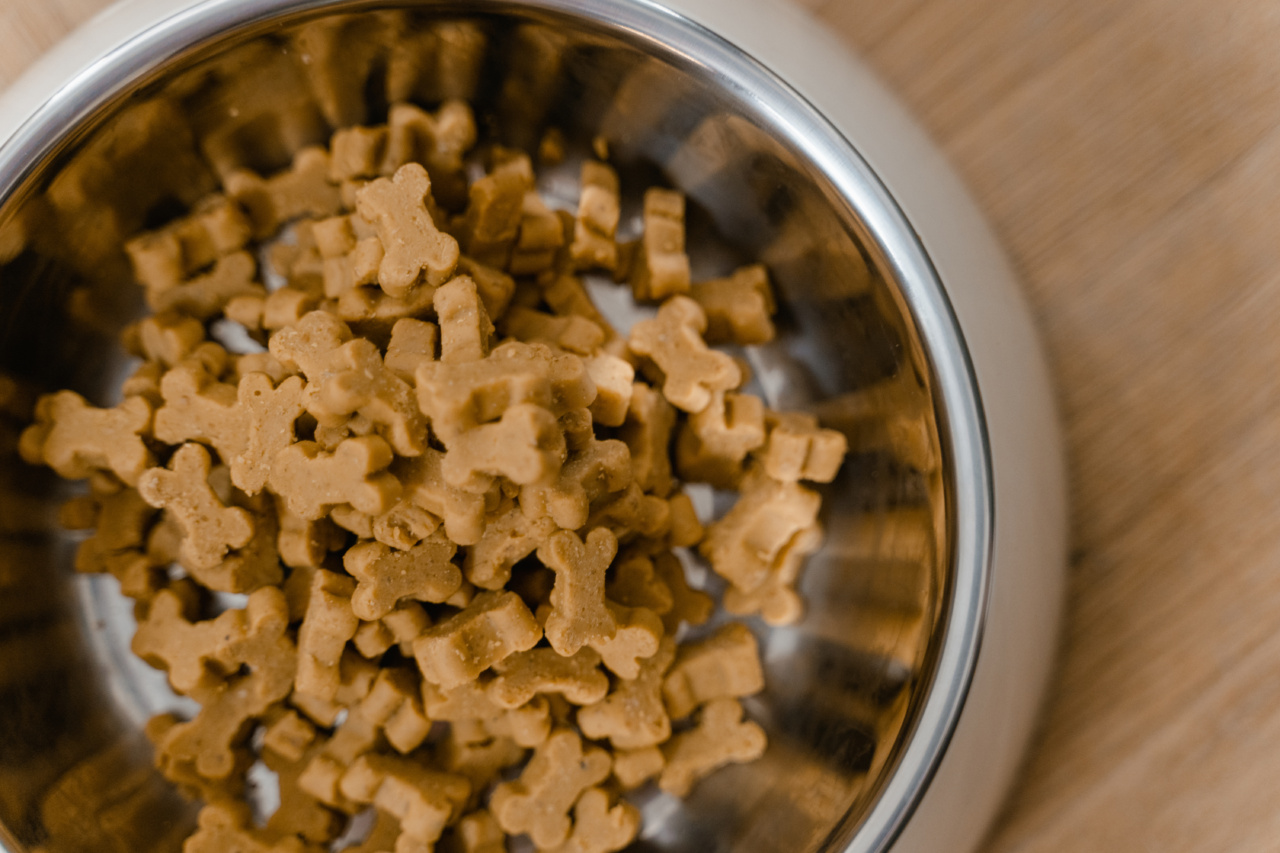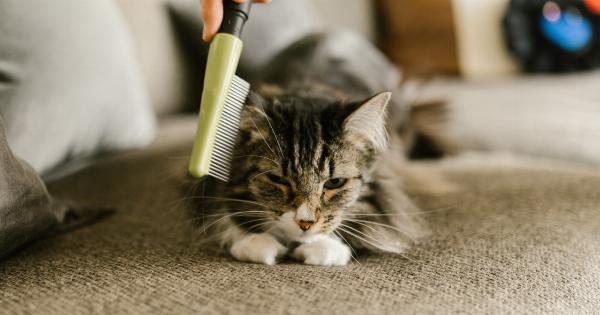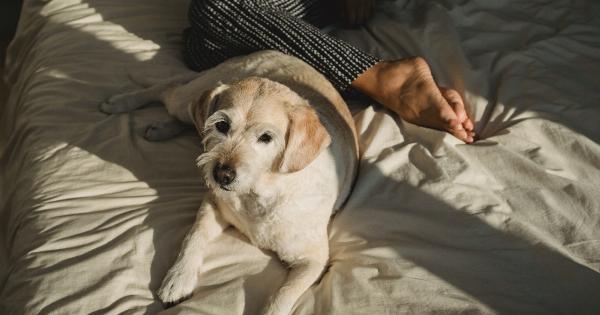As a responsible pet owner, you ensure that your furry friend has a balanced diet, gets enough exercise, and receives regular veterinary care. However, one crucial aspect that is often overlooked is cleaning your dog’s food bowl.
Many pet owners might not realize the potential health hazards that can arise from a dirty bowl.
The importance of cleanliness
Just like how humans need clean plates and utensils to eat from, our dogs also deserve clean food bowls. Eating from a dirty bowl can lead to numerous health issues for your dog.
Bacteria, mold, food residue, and other contaminants can accumulate in the bowl over time, which can cause food poisoning, infections, and even contribute to the development of allergies or skin conditions.
By regularly cleaning your dog’s food bowl, you can prevent the growth and spread of harmful bacteria that may harm your pet’s health. It ensures that their meals remain fresh, enjoyable, and safe to consume.
The proper way to clean your dog’s food bowl
Cleaning your dog’s food bowl is a straightforward process that requires minimal effort. Here is a step-by-step guide on how to properly clean your dog’s food bowl and maintain their overall health:.
Step 1: Pre-rinse the bowl
Before you start cleaning the food bowl, give it a thorough pre-rinse with warm water. This helps to remove any loose food particles and makes the cleaning process easier.
Avoid using hot water, as it can cause any leftover food particles to stick to the bowl.
Step 2: Use a pet-safe detergent
Choose a pet-safe detergent or dish soap to clean the bowl. Avoid using harsh chemicals or strong fragrances, as they can be toxic to your dog. Make sure to read the label on the detergent to ensure it is safe for use around pets.
Step 3: Scrub with a designated brush
Using a designated brush for your pet’s food bowl, scrub the interior and exterior of the bowl thoroughly. Pay close attention to the corners and crevices where food particles can get trapped.
The bristles of the brush can effectively remove any residual food or bacteria.
Step 4: Rinse thoroughly
Once you have thoroughly scrubbed the bowl, rinse it with warm water to remove any traces of detergent or soap. Ensure that there are no suds or residue left behind, as they may irritate your dog’s digestive system.
Step 5: Let it dry completely
After rinsing, allow the bowl to air dry completely. Avoid using a towel or any cloth to speed up the drying process, as it may introduce foreign particles or bacteria back onto the bowl.
Common mistakes in cleaning your dog’s food bowl
While cleaning your dog’s food bowl seems like a simple task, some pet owners make common mistakes that can compromise their pet’s health. Here are a few mistakes to avoid:.
Mistake 1: Using the same sponge or cloth used for other dishes
Using the same sponge or cloth for your dog’s food bowl as you use for your own dishes can transfer harmful bacteria or chemicals to your pet’s dish.
It’s crucial to use a separate sponge or cloth designated solely for your dog’s food bowl to avoid potential contamination.
Mistake 2: Washing the bowl infrequently
Leaving the food bowl unwashed for an extended period allows bacteria and mold to multiply. Clean your dog’s food bowl after each meal to maintain proper hygiene and prevent your dog from ingesting harmful contaminants.
Mistake 3: Not rinsing the bowl thoroughly
Failing to rinse the bowl thoroughly after scrubbing can leave detergent residues on the surface. These residues may be harmful if ingested by your dog.
Ensure that you rinse the bowl properly to remove all traces of detergent before serving your pet’s meals.
Mistake 4: Neglecting to dry the bowl
Allowing the bowl to air dry completely after washing is essential for preventing bacterial growth. Moisture can encourage the development of bacteria or mold. Make sure the bowl is fully dry before putting food in it again.
The benefits of regularly cleaning your dog’s food bowl
The act of regularly cleaning your dog’s food bowl goes beyond just maintaining cleanliness. Here are some additional benefits:.
1. Preventing bacteria growth
Cleaning the food bowl ensures that bacteria and other harmful microorganisms do not thrive in the bowl, reducing the chances of infections or food poisoning.
2. Promoting proper digestion
A clean bowl prevents rancidity and contamination of your dog’s food. Fresh food encourages proper digestion, ensuring that your dog receives the necessary nutrients without any gastrointestinal issues.
3. Reducing the risk of allergies and skin conditions
Food residue left on an unwashed bowl can contribute to the development of allergies or skin conditions in dogs. By cleaning the bowl regularly, you can minimize the presence of potential allergens.
4. Enhancing the taste and enjoyment of meals
Dogs, like humans, prefer to eat from clean dishes. A clean bowl prevents any undesirable taste or odors that could discourage your dog from enjoying their meals.
5. Setting a good example for your pet
By consistently cleaning your dog’s food bowl, you set a good example of cleanliness and hygiene, promoting a healthy environment for both your pet and your family.
In conclusion
Regularly cleaning your dog’s food bowl is essential for maintaining their overall health and well-being.
By following the proper cleaning steps, avoiding common mistakes, and understanding the benefits of cleanliness, you can ensure that your furry friend enjoys fresh and safe meals every time. Remember, a clean dish is a happy dog!.






























